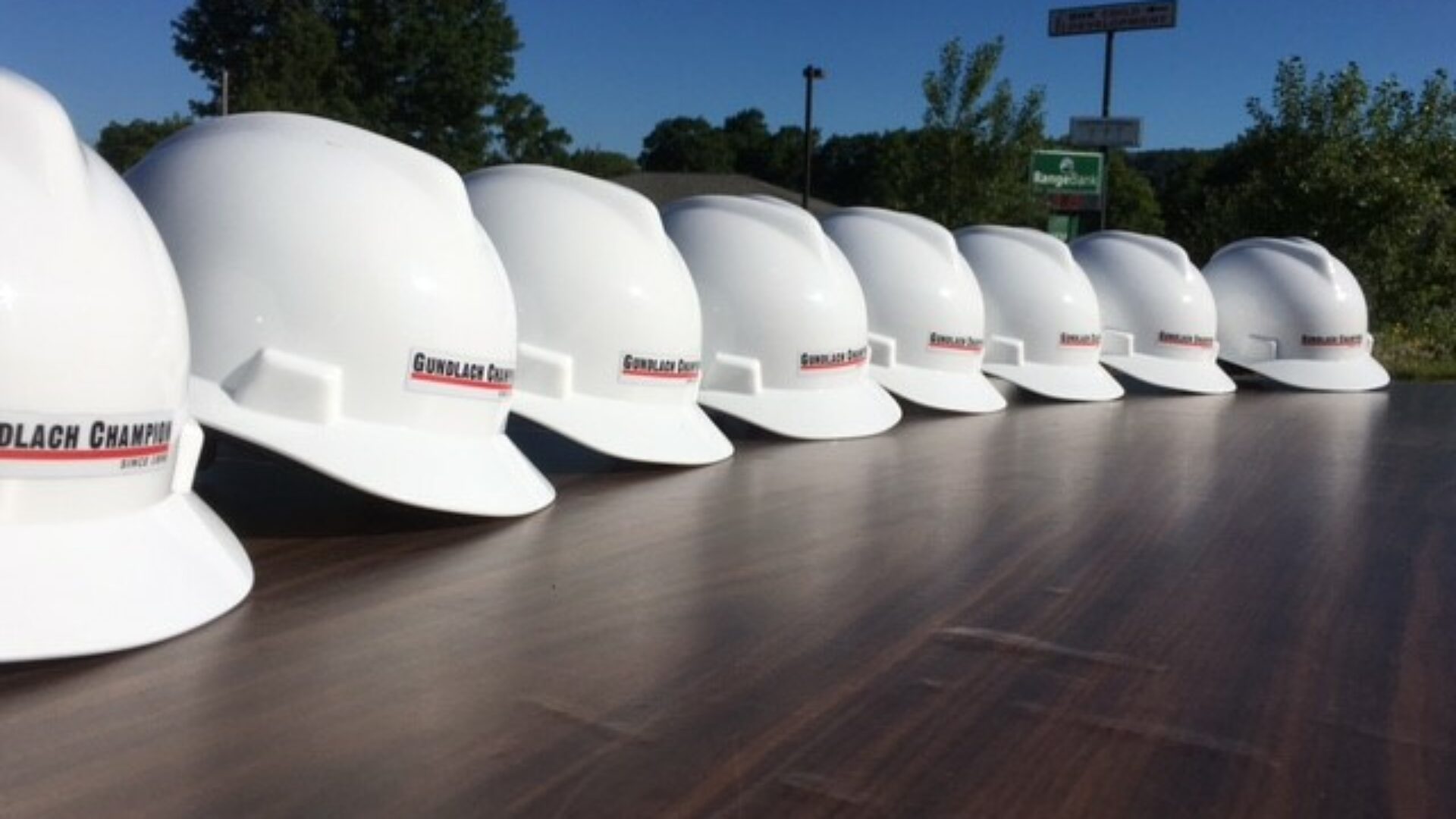In today’s construction industry, the use of structural steel framing is on the rise for building highly resistant and durable roofs, walls, and floors of buildings. Steel framing is sustainable, cost-effective, and adaptable and can be used in a wide variety of commercial building projects. The following are several types of steel framing and its application.
Skeleton Steel Framing
Made of steel beams and columns that are carefully connected, skeleton steel framing systems offer excellent support for buildings. Designers and construction workers use different types and configurations of steel connections for connecting steel beams to columns. Popular choices include bolt connections and welded connections. In skeleton steel framing, beams and columns support all gravity loads. The distance kept between the columns depends on the requirements and functions of the structure. This feature means the building floor and roof aren’t restricted to a standard number for easier builds of multi-story facilities.
Wall Bearing Steel Framing
In this system, the building wall’s interior or exterior carries the end of structural members to provide support for the roof or roof loads. Essentially, wall bearing should be strong enough to carry vertical reactions and any imposed horizontal loads. Typically, this system works well for low-rise buildings. Another application involves utilizing steel beams called lintels over doors and windows.
Long Span Steel Framing
This type of steel framing works well when a large clearance is needed. Long span steel framing options include girders, rigid frames, arches, trusses, and cantilever suspension spans.
Gundlach Champion has extensive experience with all steel framing types and a wide range building options to meet your requirements. The GCI team brings over 350 years of combined experience to every commercial construction project, from new buildings to renovations. To discuss your next project, contact us at gcfirst.com.

